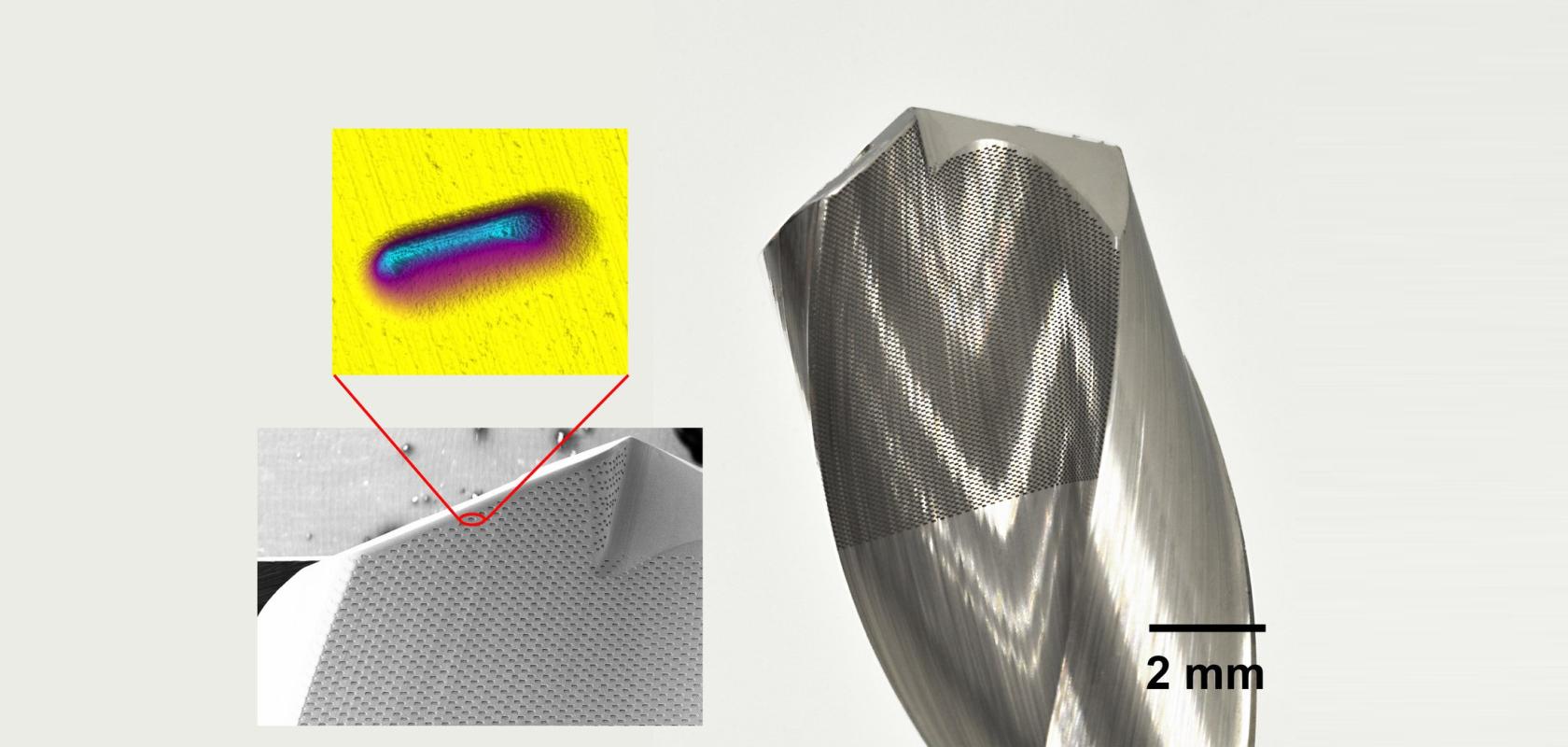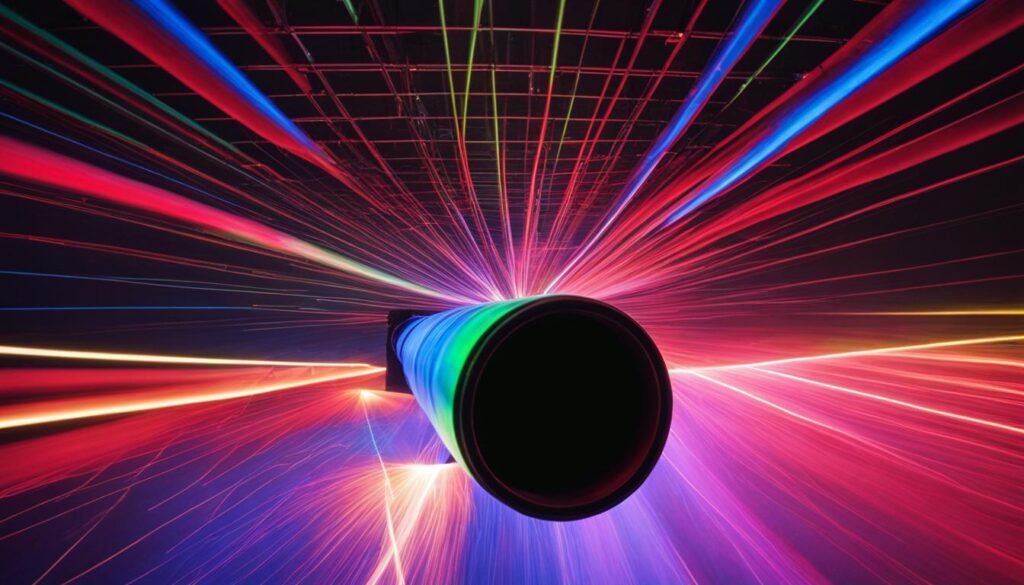Contents

Source: Newport
Exploring Laser Micromachining: Techniques, Applications, and Innovations
Laser micromachining is a transformative technology that enables the creation of intricate structures on a microscopic scale. This article delves into the methodologies, relevant properties of laser light, resolution limits, and applications of laser micromachining.
Understanding Laser Micromachining
Laser micromachining involves the use of laser technology to craft fine structures, typically ranging from a few microns to a few hundred microns. This process is essential for applications requiring high precision, such as micro-drilling, cutting, milling, and marking.
Key Properties of Laser Light
The unique properties of laser light, such as high spatial coherence and the ability to generate ultrashort pulses, are crucial for micromachining. These properties allow for high-intensity operations, which are necessary for creating fine structures with minimal heat-affected zones.
Laser Sources and Resolution Limits
Laser Sources for Micromachining
Various laser sources are employed in micromachining, each with distinct advantages. The development of cost-effective and efficient laser systems has expanded the scope of micromachining applications, making it a competitive choice for industrial use.
Resolution Limits
The resolution achievable in laser micromachining is often limited by diffraction and the numerical aperture of the focusing optics. However, advanced techniques can achieve resolutions better than diffraction limits, allowing for the creation of features smaller than 100 nm.
Applications of Laser Micromachining
Micro-drilling
Laser micro-drilling is widely used in industries for creating small holes with high precision. Applications include the fabrication of fuel injection nozzles, inkjet printer nozzles, and microvias in electronic circuits.
Micro-cutting and Milling
Laser micro-cutting and milling are employed to produce tiny slits, grooves, and complex patterns. This technology is used in manufacturing micro-machines, stents, and components for solar cells and microelectromechanical systems (MEMS).
Surface Micro-structuring
Surface micro-structuring with lasers involves creating microscopic patterns on surfaces to enhance properties like friction, adherence, and wettability. This technique is used to optimize surfaces in photovoltaic cells, improve engine components, and create super-hydrophobic surfaces.
Laser Micro-marking
Laser micro-marking is used to create fine markings on materials through ablation or surface modification. This process is essential for applications requiring high-resolution markings, such as in the production of 3D structures inside transparent media.
Innovative Techniques and Future Prospects
Advanced Micromachining Techniques
Beyond traditional methods, laser micromachining includes advanced techniques like laser ablation for trimming electrical resistors and laser-based waveguide writing. These innovations are paving the way for new applications in photonics and optofluidics.
Future Prospects
The future of laser micromachining looks promising with continuous advancements in laser technology and techniques. As the demand for miniaturized components grows, laser micromachining will play an increasingly vital role in various industries.

Source: Electro Optics
Feel free to comment your thoughts.



